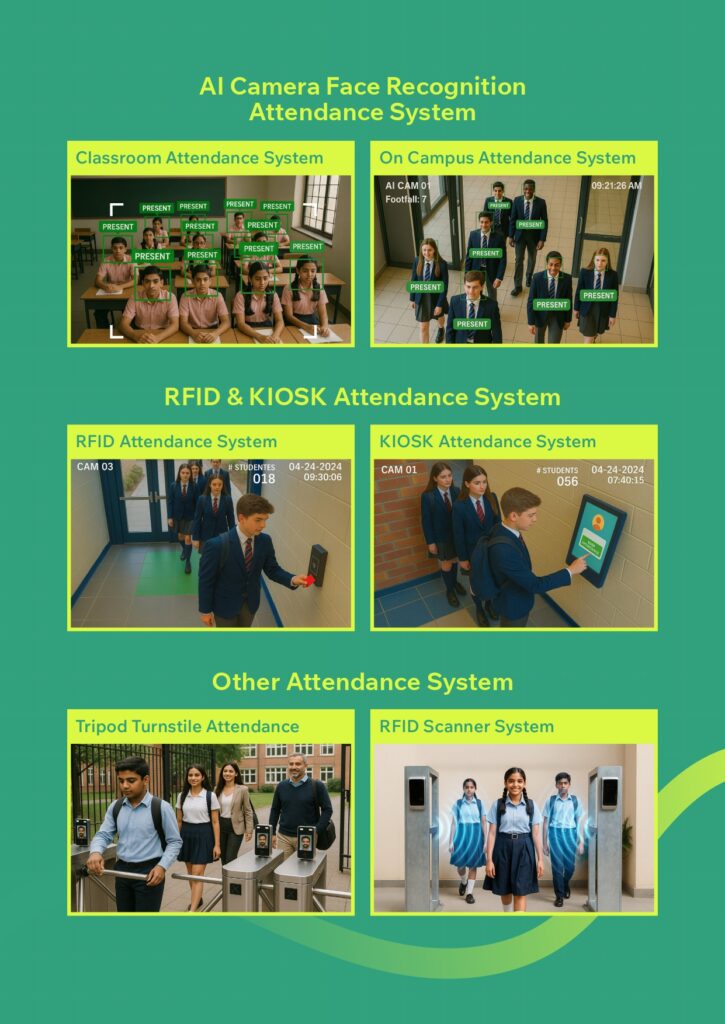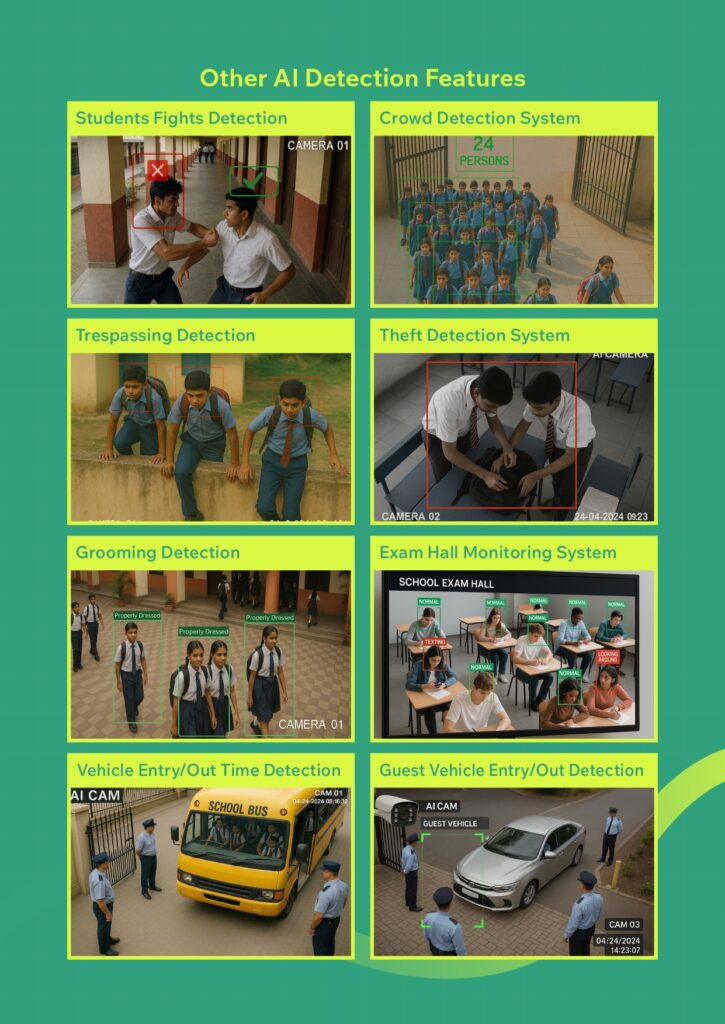An AI attendance system, often powered by technologies such as facial recognition, biometrics, or machine learning, automates the process of recording and tracking student or employee presence in various organizations. These systems leverage artificial intelligence to identify individuals in real time, authenticate their identity, and update attendance logs without human intervention. Their integration can be accomplished through devices like cameras, smartphones, or integrated access control points, enabling seamless and touch-free attendance management. AI attendance solutions are increasingly adopted in educational institutions, corporate offices, and public events owing to their speed, accuracy, and efficiency.
The implementation of an AI attendance system brings substantial advantages to both administrators and users. It eliminates the manual errors and time-consuming paperwork involved in traditional roll-call methods while offering enhanced security by preventing proxy or fraudulent entries. With real-time monitoring and automated record-keeping, organizations gain actionable insights into attendance patterns, compliance, and productivity. Such systems not only simplify auditing but also contribute to a more streamlined, data-driven operational environment.
-
-
Reduces manual effort in marking and tracking attendance, saving time for staff and teachers.
-
Eliminates proxy attendance by ensuring biometric or facial recognition-based verification.
-
Improves accuracy and minimizes human errors in record-keeping.
-
Enables real-time monitoring of attendance data across multiple locations.
-
Integrates easily with payroll and HR management systems for seamless processing.
-
Provides detailed analytics and reports for informed decision-making.
-
Enhances security by restricting unauthorized access and maintaining reliable records.
-
Supports touchless authentication, promoting hygiene—especially crucial post-pandemic.
-
Automates notifications for absences or tardiness, facilitating prompt communication.
-
Scales efficiently to accommodate organizations of any size and adapts to changing needs.
-



























































